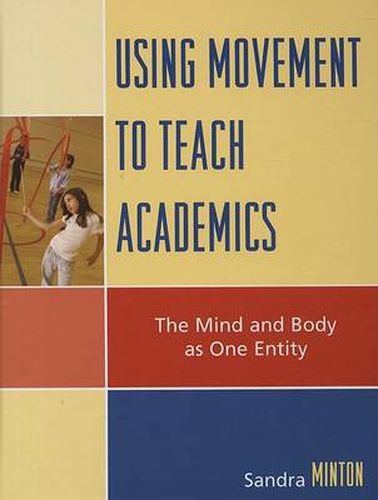Readings Newsletter
Become a Readings Member to make your shopping experience even easier.
Sign in or sign up for free!
You’re not far away from qualifying for FREE standard shipping within Australia
You’ve qualified for FREE standard shipping within Australia
The cart is loading…






Using Movement to Teach Academics will help you teach your curriculum through the use of movement and dance, while giving your students a chance to use their creative problem-solving skills. This text describes a step-by-step process through which you and your students can learn to transform academic concepts into actions and dances. Examples of movement-based lessons appropriate for elementary and middle school students are described along with a glossary that defines movement related terms. The book contains 83 photos and drawings that illustrate the text.
Theoretical information is also included to demonstrate how movement-based teaching strategies connect with popular education theories such as Cooperative Learning, the Multiple Intelligences, Brain-Based Learning, Learning Styles and the Zone of Proximal Development. Learn how movement-based instruction complements how the human brain learns, while reading some persuasive arguments for using movement as a teaching tool.
$9.00 standard shipping within Australia
FREE standard shipping within Australia for orders over $100.00
Express & International shipping calculated at checkout
Using Movement to Teach Academics will help you teach your curriculum through the use of movement and dance, while giving your students a chance to use their creative problem-solving skills. This text describes a step-by-step process through which you and your students can learn to transform academic concepts into actions and dances. Examples of movement-based lessons appropriate for elementary and middle school students are described along with a glossary that defines movement related terms. The book contains 83 photos and drawings that illustrate the text.
Theoretical information is also included to demonstrate how movement-based teaching strategies connect with popular education theories such as Cooperative Learning, the Multiple Intelligences, Brain-Based Learning, Learning Styles and the Zone of Proximal Development. Learn how movement-based instruction complements how the human brain learns, while reading some persuasive arguments for using movement as a teaching tool.